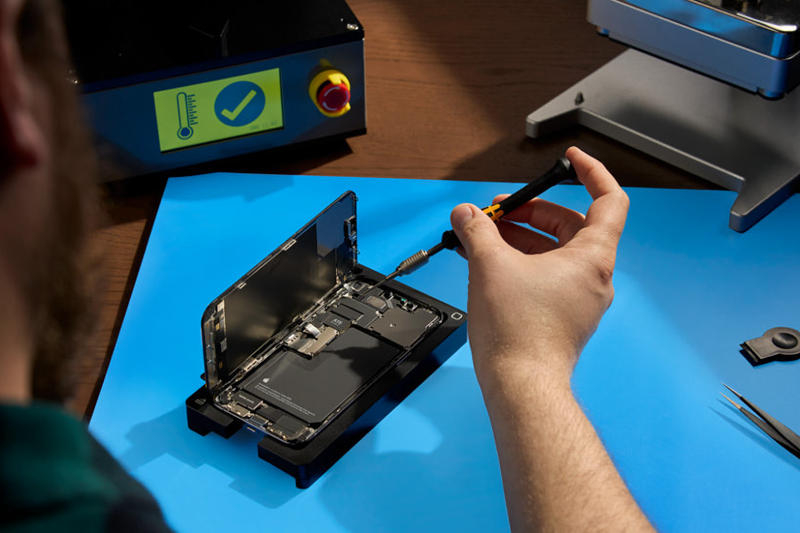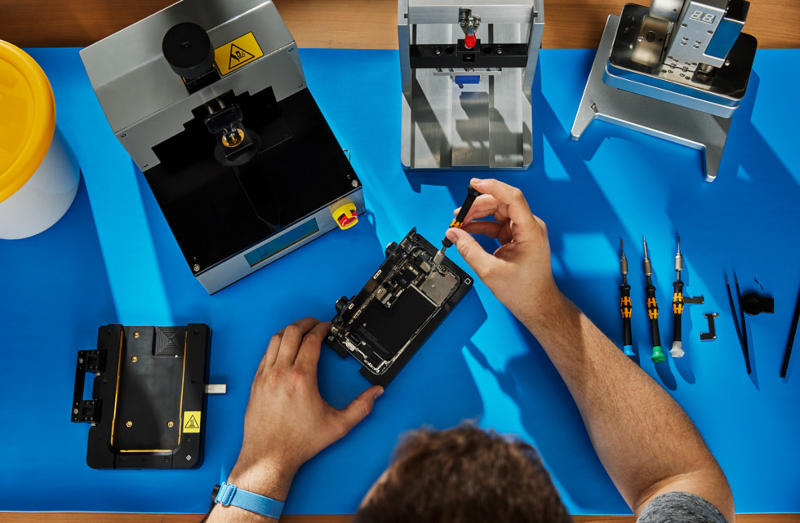Apple talked about how much work it has done to improve the repairability of the iPhone recently, which iPhone 16 owners will be able to fully feel. The self-repair program has changed and the design of the phones themselves has been simplified, which have become easier to open from the front or back, depending on whether that needs to be repaired.

Image source: apple.com
The iPhone 16 line of phones are designed with three main principles in mind: durability, repairability and constant software updates. Apple has been working on durability and software updates for years, and this year the company made changes aimed at improving the repairability of devices.
The battery removal mechanism on the iPhone 16 has been simplified. Previously, the battery was stuck, and the adhesive strips were very difficult to remove. The battery is now held in place using an “ionic liquid adhesive” that loses its properties when exposed to low voltage – a simple 9V battery will suffice. This innovation was rumored before the release of the iPhone 16, and is believed to be due to a new European law regarding replacement batteries.
IOS 18 introduced the Repair Assistant feature, which will help both craftsmen and ordinary users configure components directly on the device – previously, this required contacting Apple. You can make TrueDepth camera settings right on your device without having to connect to your Mac—this applies to iPhone 12s and later models.

The TrueDepth camera on the iPhone 16 can be taken from another iPhone 16 or 16 Pro; In addition, on the iPhone 16 Pro, the company announced the appearance of “simplified access” to some components. iOS 18 also now has a new tool called Apple Diagnostics for Repair, which allows you to use the device itself to diagnose problems and determine which components require replacement.
Finally, Apple has improved support for third-party and used components. Used parts can be officially calibrated through Apple’s cloud resources and will be marked as such in your repair history. It will not be possible to calibrate third-party components using these means, but the iPhone 16 will try to activate each part so that it works “at full power.” In future updates, third-party displays will receive True Tone support, and third-party batteries will receive status support in the OS. The lidar will continue to work if it is not reconfigured, although the operating features may differ.
A few years ago, Apple supported consumers’ right to self-repair with the launch of the Apple Self Repair program. But it showed that parts supplied through official channels can be expensive – now device owners can resort to cheaper options without losing critical functions on the device.